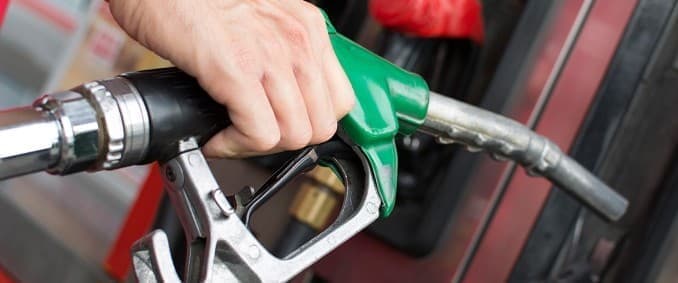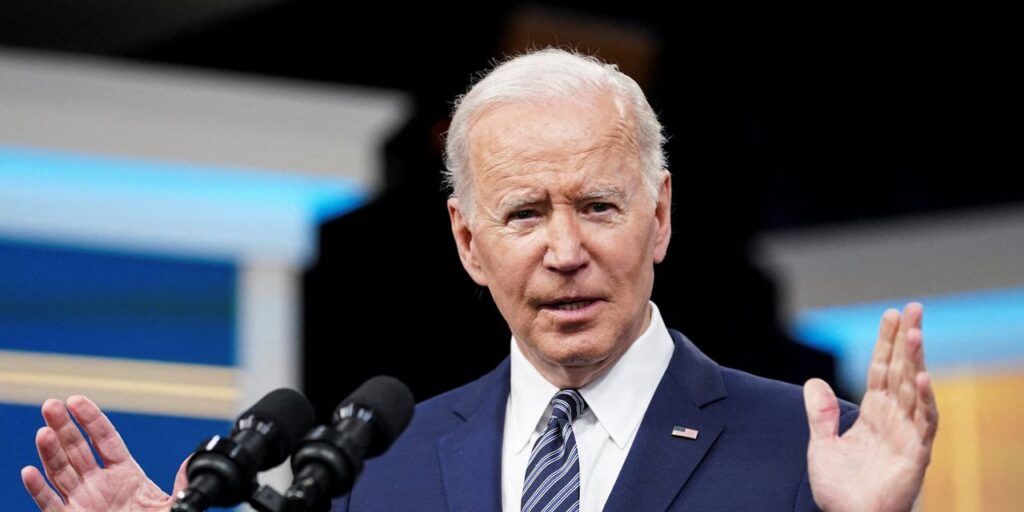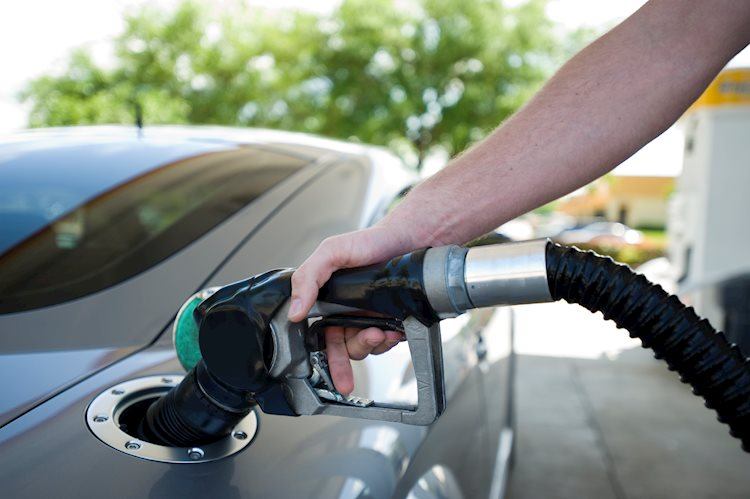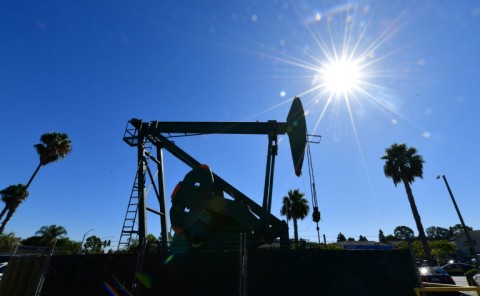Alex Kimani
Alex Kimani is a veteran finance writer, investor, engineer and researcher for Safehaven.com.
More Info
Premium Content
By Alex Kimani – Oct 21, 2025, 7:00 PM CDT
The national average price of gasoline dropped below $3 a gallon over the weekend.
GasBuddy has predicted that prices will go even lower in the coming weeks, with good prospects of motorists enjoying sub-$3 prices for extended periods.
This drop is overwhelmingly being driven by the significant increase in oil production from OPEC throughout 2025.
The national average price of gasoline dropped below $3 a gallon over the weekend, with many U.S. motorists now paying significantly less than they did a year ago. According to popular fuel savings platform GasBuddy , average national gas prices clocked in at $2.969 per gallon on Monday, 16 cents lower than a year ago while the median U.S. gas price was $2.82 per gallon. However, prices remain widely skewed depending on the states, with motorists in California paying an average of $4.624 per gallon as per the AAA , more than $2 more than in Oklahoma at just $2.557 per gallon. Even better, GasBuddy has predicted that prices will go even lower in the coming weeks, with good prospects of motorists enjoying sub-$3 prices for extended periods.
“We saw a few $2.99 days last year, but this year brings the strongest potential for extended sub-$3 prices since 2021,” said Patrick De Haan, head of petroleum analysis at GasBuddy. “This drop is overwhelmingly being driven by the significant increase in oil production from OPEC throughout 2025, which has meaningfully rebalanced the global oil market. That, combined with weaker demand and inflation finally easing, has created the perfect environment for lower prices. While some may be quick to assign political credit, the reality is that global supply dynamics–particularly OPEC’s production decisions–have been the primary force behind the relief drivers are seeing at the pump.”
However, the Wall Street sentiment about the longer-term oil price outlook remains mixed at this point. Brent crude for December delivery was trading at $61.31 per barrel at 7.50 am ET on Tuesday, nearly $20/bbl below the current year’s peak at ~81/bbl, while WTI crude was changing hands at $58.06 per barrel compared to the January peak of $78.71 per barrel. Oil prices have mostly traded ~15/bbl lower in 2025 compared to the previous year, primarily due to oversupply fears due to OPEC+ accelerating the unwinding of production cuts, but have slipped even lower over the past couple of weeks due to renewed U.S.-China trade tensions adding to concerns about weaker energy demand and an economic slowdown. Further, increased output from non-OPEC+ countries also contributed to a build-up of oil inventories. Lately, Wall Street has been warning that oil markets could soon face a surplus, putting more pressure on already depressed oil prices. To wit, Goldman Sachs has predicted that oil markets could be oversupplied by 1.9 million b/d in 2026 amid OPEC+ unwinding production cuts and production in the Americas rising. Wall Street now sees oil prices sinking to the $50s per barrel next year, further compounding this year’s decline.
Related: China’s Crude Oil Stockpiling Baffles Markets
In sharp contrast, commodity analysts at Standard Chartered have predicted that oil prices will move higher in the coming year driven by robust demand and a raft of economic stimulus measures. StanChart notes that U.S. supply has hit an all-time high in the current year, but is predicting that producers will be forced to cut output due to prevailing low oil prices. On the demand side, expectations of weaker global demand in the final quarter of the year, driven by trade wars and tariffs, are likely to trigger a raft of economic stimulus in the form of rate cuts in the United States and potential for China to respond with a package of measures.
Looming Glut
Meanwhile, Europe’s natural gas prices have largely stabilized, with gas futures currently hovering around €32 per megawatt-hour as strong and consistent supply and inventories countered geopolitical risks as the heating season kicks off.
According to the latest data by Gas Infrastructure Europe (GIE), EU storage levels currently stand at 82.9% of maximum capacity, with Italy’s stores 93.9% full, France’s at 92.7% and Germany’s at 75.7%. Healthy inventory levels have eased fears of a potential winter shortage. Further, ample LNG imports as well as Norwegian pipeline flows coupled with weaker Chinese demand from Russia’s Arctic LNG 2 plant have offset lower Russian gas deliveries. However, recent attacks by Russia on Ukraine’s gas infrastructure have seen gas output plunge by 60% in the current month, with output at DTEK’s Poltava site halted and Naftogaz facilities damaged. Meanwhile, forecasts for colder weather around mid-October are likely to boost demand.
However, Europe’s long-term gas outlook is decidedly bearish, with TotalEnergies ’ (NYSE:TTE) CEO Patrick Pouyanné recently warning of a looming LNG supply glut shortly after Texas-based NextDecade Corp. (NASDAQ:NEXT) announced it has made a positive final investment decision (FID) on Train 4 at its Rio Grande LNG liquefaction plant with a planned total capacity of 48 million tonnes per annum (mpta). Pouyanné says the U.S. is building too many LNG plants, which could trigger a long-lasting glut if the projects come online as planned. Pouyanné might have a valid concern. Rio Grande’s Train 4 has LNG production capacity of ~6 mpta, bringing the plant’s total capacity under construction to 24 mpta. Meanwhile, NextDecade has revealed that Train 5 is nearing a positive FID while Trains 6-8 are currently in the development and permitting process. Project costs for Train 4 are expected to total ~$6.7 billion, financed with 40% equity and 60% debt. TotalEnergies holds a 10% stake in Rio Grande LNG.
By Alex Kimani for Oilprice.com
More Top Reads From Oilprice.com:
SLB Exceeds Profit Expectations on Strong North American Demand Kurdistan’s Oil Exports Top 200,000 Bpd amid Fragile New Deal Citi Makes a Case for $50 Oil
Download The Free Oilprice App Today
Back to homepage
Alex Kimani
Alex Kimani is a veteran finance writer, investor, engineer and researcher for Safehaven.com.
More Info
Related posts
Leave a comment
https://oilprice.com/Energy/Energy-General/Gasoline-Prices-Drop-Toward-Pandemic-Era-Lows.html




